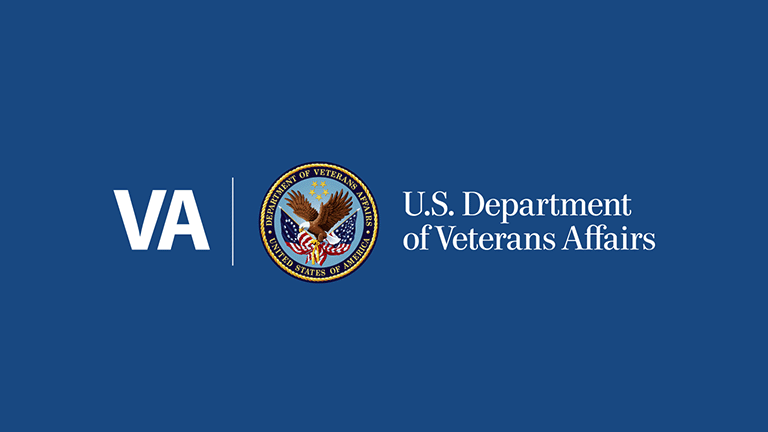The Department of Veterans Affairs (VA) has announced several significant updates to its benefits programs in 2025. These changes aim to enhance support for veterans and their families, reflecting ongoing commitments to address their evolving needs.
“2025 marks a year of significant reform,” says retired VA policy analyst James K. Merritt. “The focus has shifted toward accessibility and modernization, particularly in areas like digital processing and rural health access.”¹
Notable Updates to VA Benefits in 2025
Cost-of-Living Adjustment (COLA) for 2025
Effective December 1, 2024, VA disability compensation rates have increased by 2.5%, aligning with the Social Security Administration's COLA for 2025. This adjustment ensures that veterans' benefits keep pace with inflation and rising living costs.
Expansion of Benefits Under the PACT Act
The Promise to Address Comprehensive Toxics (PACT) Act continues to broaden VA health care and benefits for veterans exposed to hazardous substances. Key provisions include:
- Extended Eligibility: VA health care eligibility now encompasses more veterans from the Vietnam, Gulf War, and post-9/11 eras.
- Presumptive Conditions: Over 20 additional conditions related to toxic exposures, such as burn pits and Agent Orange, have been added to the list of presumptive conditions.
- Toxic Exposure Screenings: All enrolled veterans are offered screenings to identify potential health issues stemming from toxic exposures.
Enhancements in Telehealth and Mental Health Services
VA has made strides in expanding telehealth services to improve accessibility, particularly for veterans in rural and underserved areas. Notable developments include:
- High Satisfaction Rates: As of early 2025, 91.8% of veterans reported satisfaction with VA telehealth services, and 89% expressed trust in these services as part of their overall health care.
- Elimination of Copayments: VA has proposed eliminating copayments for all telehealth services, aiming to reduce financial barriers to care.
- Grant Programs: Initiatives like the Accessing Telehealth through Local Area Stations (ATLAS) are being funded to establish telehealth access points in non-VA facilities, focusing on rural and medically underserved communities.
Improvements in Disability Claims Processing
VA has achieved a milestone by processing over one million disability claims faster than ever before. Despite a 15.6% increase in claims compared to the previous year, the department reached this milestone by February 20, 2025, marking the fastest processing rate in its history.
Workforce Reductions and Budgetary Constraints
In March 2025, the VA announced plans to reduce its workforce by approximately 80,000 positions, equating to over 15% of its employees. This decision is part of a broader federal initiative to streamline government operations. While the VA asserts that these cuts aim to eliminate inefficiencies without impacting health care or benefits, concerns have been raised about potential effects on service delivery, especially in light of the expanded benefits under the PACT Act.
Reforms in Survivor Benefits
The VA has implemented significant reforms to simplify and expedite the process for survivors and dependents of deceased veterans to access benefits:
- Office of Survivors Assistance (OSA): The OSA has been relocated to report directly to the Office of the VA Secretary, enhancing its visibility and effectiveness.
- "White-Glove" Survivor Outreach Team: A dedicated team has been established to guide and assist eligible survivors throughout the Dependency and Indemnity Compensation (DIC) claims process, ensuring personalized support.
Security Enhancements in VA Digital Services
To bolster cybersecurity and protect veterans' personal information, the VA has updated its sign-in procedures for online services:
- New Sign-In Options: As of March 5, 2025, veterans are required to use either Login.gov or ID.me accounts to access VA websites and applications.
- Phase-Out of Previous Systems: The My HealtheVet sign-in option was removed on March 5, 2025, and the DS Logon option will be discontinued after September 30, 2025.
Planning Ahead: What to Consider
Navigating benefits can be complex, especially for those transitioning into civilian life or applying for the first time. It’s helpful to:
- Review current eligibility annually, especially after legislation changes
- Keep documentation updated, including medical records and service history
- Use accredited VA representatives for claims assistance to avoid common filing errors
Veterans Service Organizations (VSOs), such as DAV (Disabled American Veterans) and VFW (Veterans of Foreign Wars), continue to offer no-cost assistance with applications and appeals.
Common Pitfalls to Avoid
A few mistakes are still common among new applicants or those updating existing benefits:
- Submitting incomplete applications
- Relying on outdated eligibility rules
- Missing deadlines for appeals or supplemental claims
- Not using official VA channels or accredited assistance
With digital filing improvements in 2025, these errors are easier to avoid—but only if the tools are used correctly. The VA.gov website remains the most secure and up-to-date source for filing and tracking.
Conclusion
VA benefits in 2025 have been shaped by a blend of legislative reform, digital modernization, and a renewed focus on accessibility. Understanding the latest updates can help ensure that eligible individuals receive the care and support available to them. Whether applying for the first time or updating existing claims, staying current with changes can make a meaningful difference.
These updates reflect the VA's ongoing efforts to adapt and enhance its services to meet the needs of veterans and their families. For personalized assistance or more detailed information, individuals are advised to visit the official VA website or contact their local VA office.
Frequently Asked Questions
Has VA disability pay increased in 2025?
Yes. A 3.2% COLA was applied to monthly compensation rates beginning in January 2025.
What is the PACT Act, and who qualifies now?
The PACT Act expands health care and benefits to veterans exposed to toxic substances. As of 2025, more conditions and exposure periods have been added to the list of presumptive eligibility.
Is telehealth still covered by VA benefits?
Yes. Telehealth services continue to be supported and expanded, especially in rural areas.
Can VA claims be submitted online?
Yes. Filing through VA.gov is now the preferred method and includes real-time tracking features.
Sources
- VA.gov: VA disability compensation rates
- VA.gov: File a VA disability claim
- https://department.va.gov/wp-content/uploads/2024/12/2025-Federal-Benefits-for-Veterans-Dependents-and-Survivors.pdf?utm_source=chatgpt.com
- https://www.washingtonpost.com/politics/2025/03/05/veterans-affairs-cut-employees-trump-doge/?utm_source=chatgpt.com













